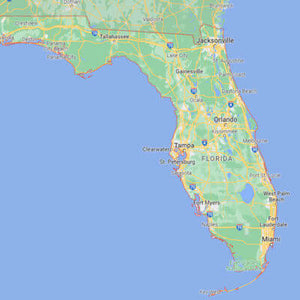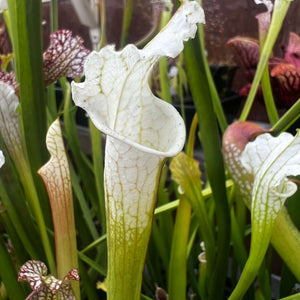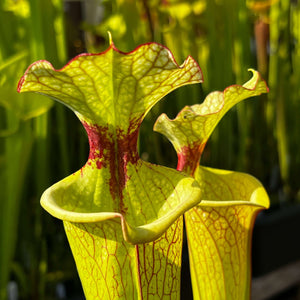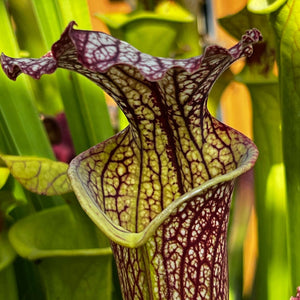Description of Caltha palustris (Marsh Marigold)
Caltha palustris, which many people call Marsh Marigold or King Cup, is a water-loving perennial plant. It brings a bright show of golden yellow to damp areas in your garden during spring. You will often find it growing happily at the edges of ponds, streams, and in bog gardens across Britain.
Appearance and Growth
This plant forms neat clumps. It typically grows between 30 and 60 centimetres tall. The leaves are a rich green, rounded, and shaped like a heart. They have a glossy surface that catches the light.
In early to mid-spring, the Marsh Marigold produces its main feature. Large, cup-shaped flowers open up, each one about 2.5 to 5 centimetres across. These are not true petals but bright yellow sepals. Their colour is a clear, strong yellow that really stands out. They look similar to buttercups and are some of the first flowers to appear in and around water.
How to Grow Marsh Marigold
For the best results, plant your Caltha palustris in a sunny or partly shaded spot. The key is moisture. This plant needs soil that is consistently wet or even waterlogged. It is perfect for planting directly in the shallow margins of a pond, where it can cope with water up to 15 centimetres deep. It also grows very well in a bog garden that never fully dries out.
The plant is very hardy and deals well with frost. It is not fussy about soil type, growing in clay or loam without issue. Once established, it asks for very little attention. You might want to divide the clumps every few years in spring or autumn if they become too crowded. This is also an easy way to get new plants for other parts of the garden.
Benefits for Wildlife
The flowers of the Marsh Marigold are a valuable source of nectar. When they bloom in early spring, there are not many other flowers around. This makes them a crucial food source for emerging bumblebees, hoverflies, and other pollinators. The dense clumps of leaves also provide shelter for small creatures like frogs and newts.
A Useful Garden Plant
Beyond its good looks, Caltha palustris has a practical use. Its matted roots help to hold the soil together. Planting it on the bank of a pond or stream can help to reduce soil erosion from rain and water movement. It is a natural choice for stabilising these edges.
Caltha palustris is a straightforward and rewarding plant for any damp garden area. It provides early colour, supports wildlife, and helps to keep pond edges intact. If you have a wet patch or a pond, this native plant is an excellent choice.

 UK-grown carnivorous plants
UK-grown carnivorous plants






